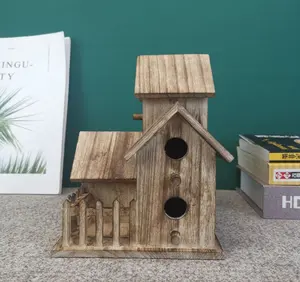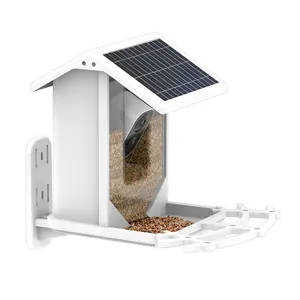
Wholesale Custom High Quality Simple Wooden Bird House Cheap Price Wooden Bird House Garden Decoration Bird House





Bird houses, also known as nesting boxes, serve as a sanctuary for various avian species. These structures are crucial for bird conservation, providing a safe haven for species like the house sparrow and the house finch birds. Bird enthusiasts and conservationists often engage in building bird houses to support local wildlife and add aesthetic value to gardens and outdoor spaces.
The diversity in bird house designs is vast, catering to different species such as house wren, bluebird house, and purple martin house. Materials range from durable metal to classic wood, like fir, each selected for its ability to withstand environmental factors and provide a comfortable environment for its avian inhabitants.
Design features of bird houses vary, with some tailored for specific species. For instance, a hummingbird house may be smaller with specific entry points, while a duck house is designed to be near water and more spacious. The applications of these houses are diverse, from backyard bird watching to aiding in the conservation of species like the common house martin.
Each bird house type offers unique advantages. An owl box provides a predator-safe zone, crucial for the survival of owlets. Similarly, a parrot house is designed to accommodate the active nature of these birds, often including features for climbing and play.
When making bird houses, considerations such as the size of the entrance hole, ventilation, drainage, and ease of cleaning are paramount. Placement is also key, with factors like height, orientation, and location playing a role in the suitability for potential bird residents.
Sustainability is a significant aspect of bird house construction. Choosing materials and designs that blend with the natural environment not only enhances the visual appeal but also promotes ecological balance by providing birds with a habitat that supports their natural behaviors.